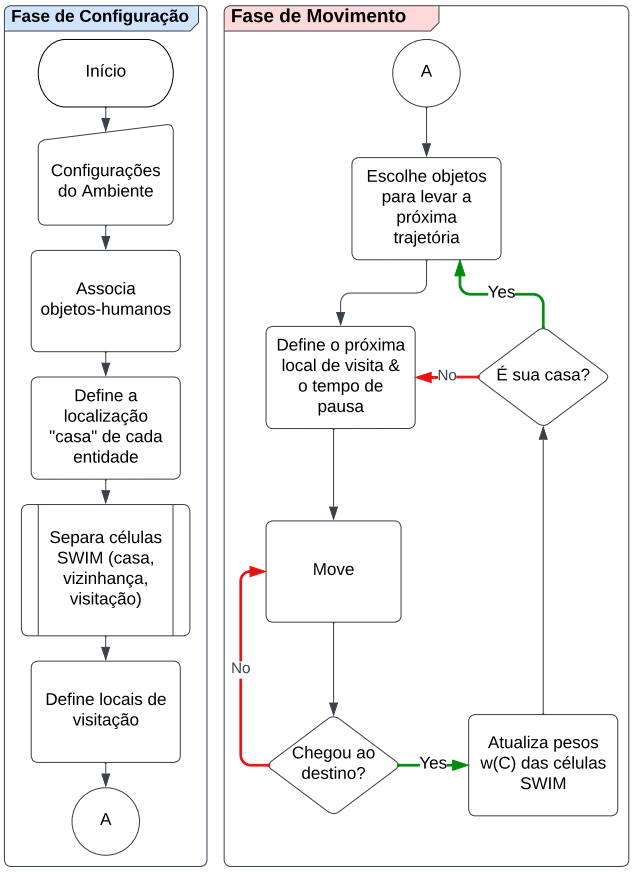A Mobility Model for The Internet of Things
This study introduces a novel mobility model designed for the Internet of Things (IoT). While the study of movement patterns is crucial for designing and evaluating mobile solutions in the IoT, there is a lack of focus on the mobility of IoT objects. In this work, Small World In Motion (SWIM), a model that mimetic human mobility patterns, was extended to reproduce the mobility of IoT objects. We establish a relationship between objects and their locomotion characteristics based on two key premises. Firstly, certain IoT devices exhibit movement patterns similar to humans (e.g., smartphones). Secondly, some devices are predominantly stationary (e.g., smart TVs). Our model is open-source code, enabling further research and development. We conduct a comprehensive analyze the output mobility model trace, considering spatial, temporal, and social aspects. Additionally, we propose adjustments to the existing literature taxonomy to suitably accommodate the proposed model.
Please cite:
@inproceedings{webmedia,
author = {Talita Alves and Paulo Rettore and Bruno Santos},
title = { A Mobility Model of The Internet of Things},
booktitle = {Proceedings of the 29th Brazilian Symposium on Multimedia and the Web},
location = {Ribeirão Preto/SP},
year = {2023},
keywords = {},
issn = {0000-0000},
pages = {221–229},
publisher = {SBC},
address = {Porto Alegre, RS, Brasil},
url = {https://sol.sbc.org.br/index.php/webmedia/article/view/25883}
}
Talita Alves, Paulo Rettore, Bruno Santos
Founding agencies: CNPq/CAPES/FAPEMIG.





Leave a comment